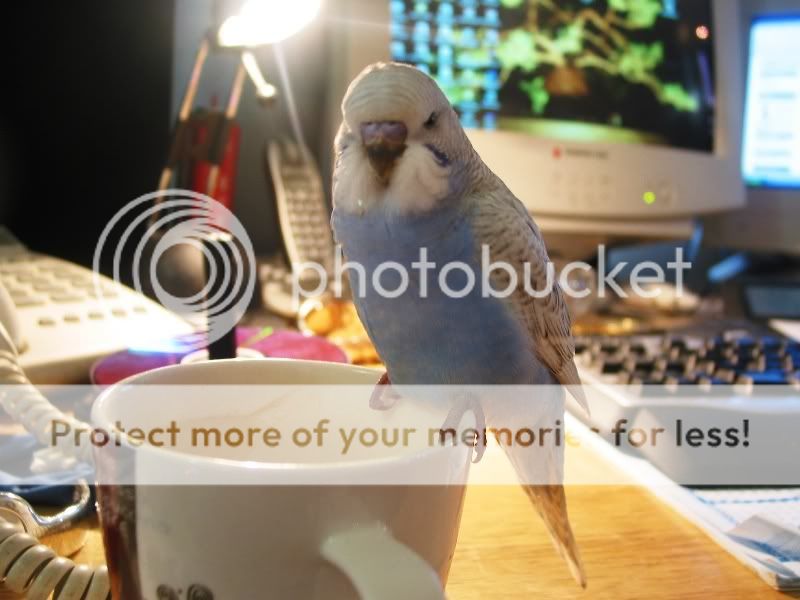Minzer84
New member
Those are great, very cute bird Red! I don't know much about the iris thing that was mentioned...to me (I don't own a budgie anymore, and I'm no expert) the cere looks bluish/purplish, so that would indicate male. However, if this is a very young bird, that may change...I will allow the budgie owners/experts to correct or clarify this for you. 
